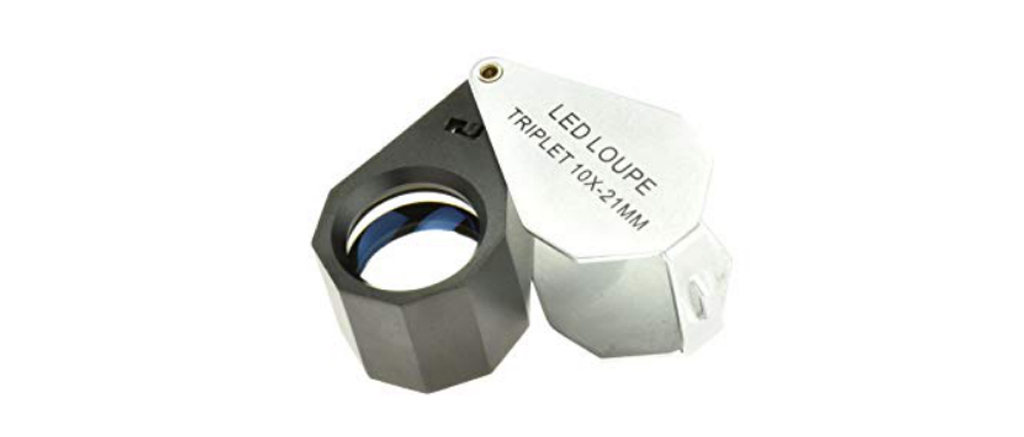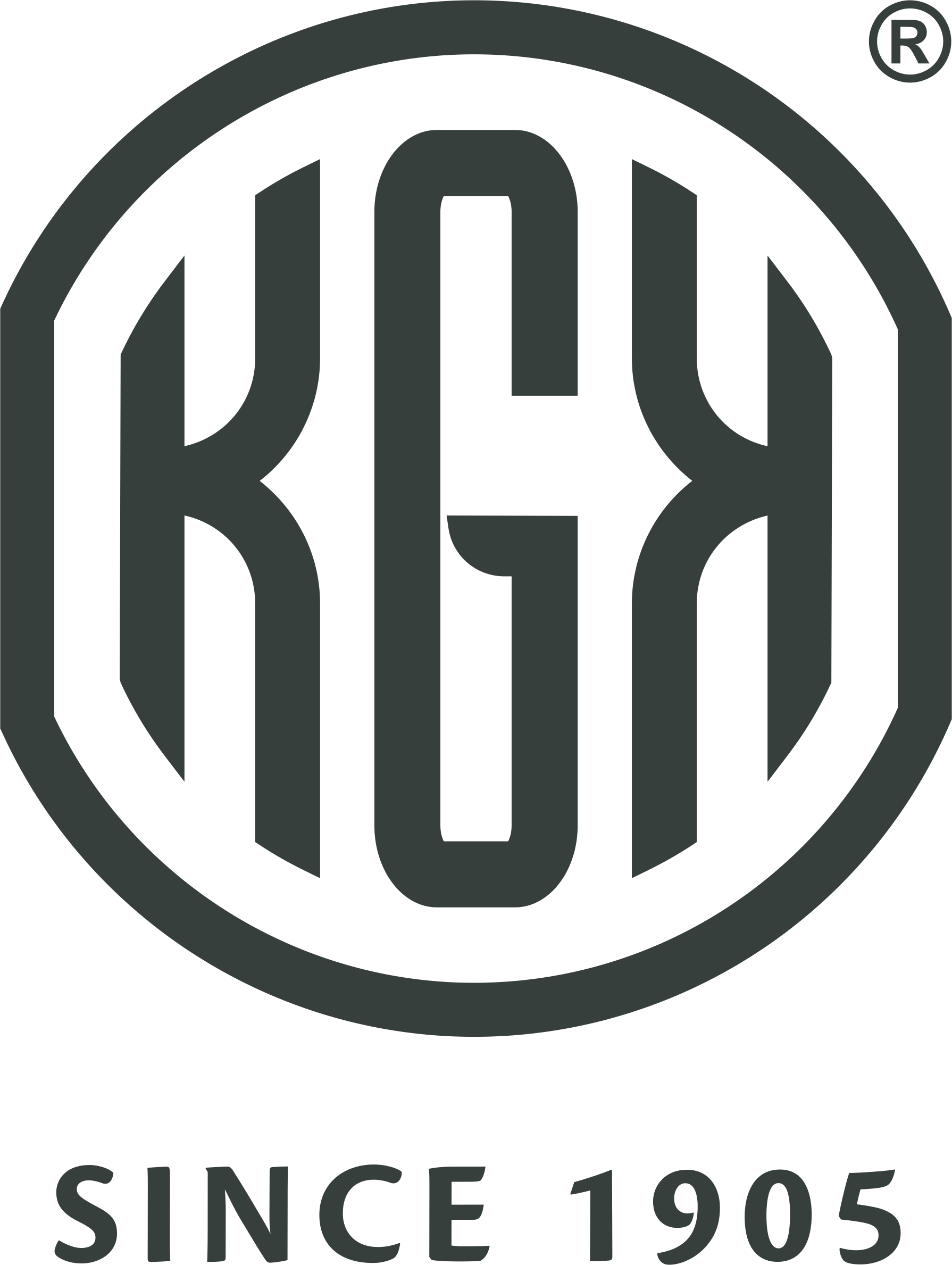Entering the jewelry world requires knowledge of basic jewelry jargons used extensively in the industry. And the most common tool used in the jewelry industry is a jeweler’s loupe. As an investor, there’s an apparent reason as to why you should know how to use a jewelers loupe, even if your retailer secretly wishes the exact opposite. While for owners, and retailers, the use of jeweler’s loupe is common, it is the customer that stands at the change of being duped, given his limited knowledge of the field. Using a loupe is not difficult; however, it does require practice to identify minute inconsistencies.
What is a Jeweler’s Loupe?
A loupe is a small magnifying glass used by the jewelers to measure and inspect their stones. The tool is easily foldable and measures approximately half an inch in diameter with a range of magnifications.
Types:
1. One loupe is made with a single lens with restricted magnification allowed.
2. A triplet loupe contains three lenses. This allows for better inspection and solves colour related problems.
Magnification Power
Loupes are available in several varieties, each labeled with a number specifying its magnification power. For, e.g., 3X loupe makes the object appear thrice its actual size.
Understand the Loupe Terminology
When working with a loupe, you need to be well versed with its terminology to capitalize its potential
1. Focal Length: It is the distance between the object and the loupe to get the best focus and magnification. This length is inversely proportional to magnification power.
2. Field of View: This refers to the size of the area visible through the lens. This view is inversely proportional to magnifying power.
3 Depth of Field: This measures the distance towards and away from the object that is possible while keeping the object in focus. The higher the magnifying power, the shorter the field.
It’s all in the Details
A gemstone or a diamond is valued for its quality and brilliance. While the stone may appear brilliant from the top view, it’s the details that differentiate one from another. A jeweler’s loupe, therefore, helps to view those tiny details up close. With the help of a loupe, a customer can view the following details which otherwise are visible from the naked eyes:
1. Tiny Cracks inside or on the surface of the stone
2. Chips and blemishes on the edges/corners of the stone
3. If the stone is adequately secured by a bezel or prong.
Gemstones and diamonds are graded and priced based on their clarity and colour. Therefore, one should be secure of the investment they have made by properly inspecting their purchase.

Which Is The Best Loupe?
The best and the most preferred loupe for viewing jewelry is a 10X triplet magnifying loupe. The range allows detection of even the minutest flaws leaving no room for suspicion and is used by gem grading labs to grade diamonds.
Moreover, the loupe should have a black body. This colour helps to cut down on reflections and does not add outside colour like gold, silver, etc. While a loupe is an ideal way to back the value of your purchase, however, it is not easy to use. One requires consistent practice to get familiar with its working and functionality.
While purchasing wholesale diamond jewelry or any other gemstone, it is always advisable to inspect it under a loupe. You can take assistance from KGK’s retail staff on how to properly use the loupe. For any other stone related query or requirement, KGK’s highly experienced and courteous staff is there to make your experience a memorable one. Never buy jewelry in haste, carefully study each aspect involved in the purchase, and let the retailers answer all your questions. Invest wisely, invest smartly.










